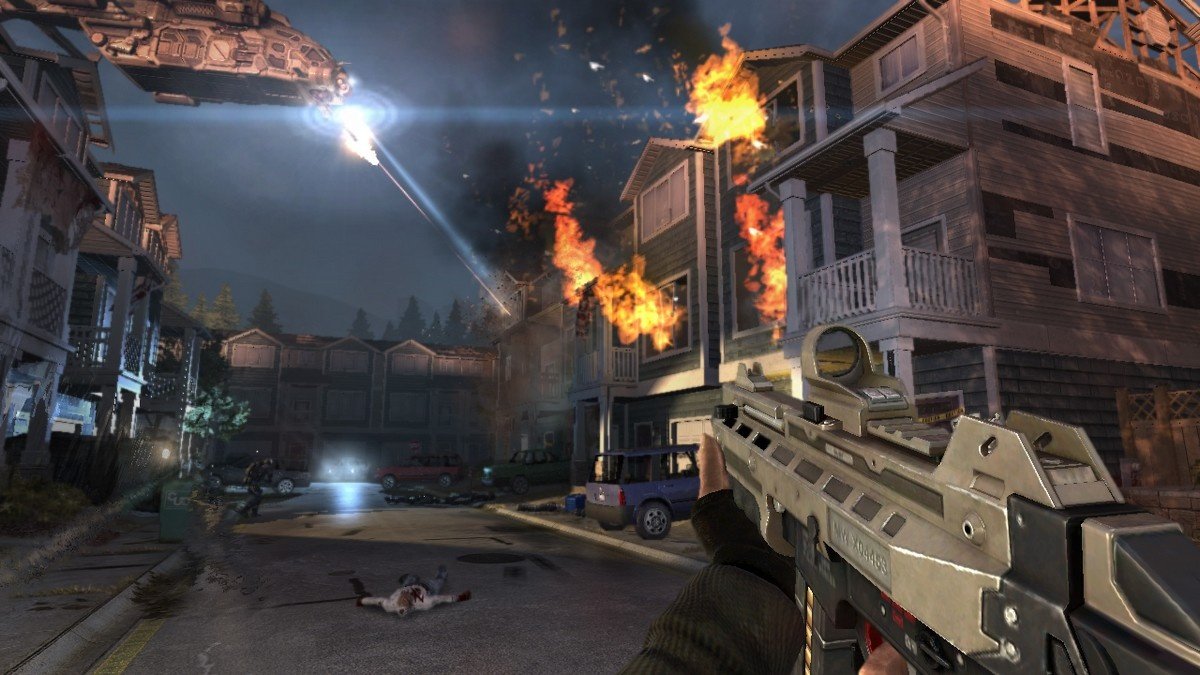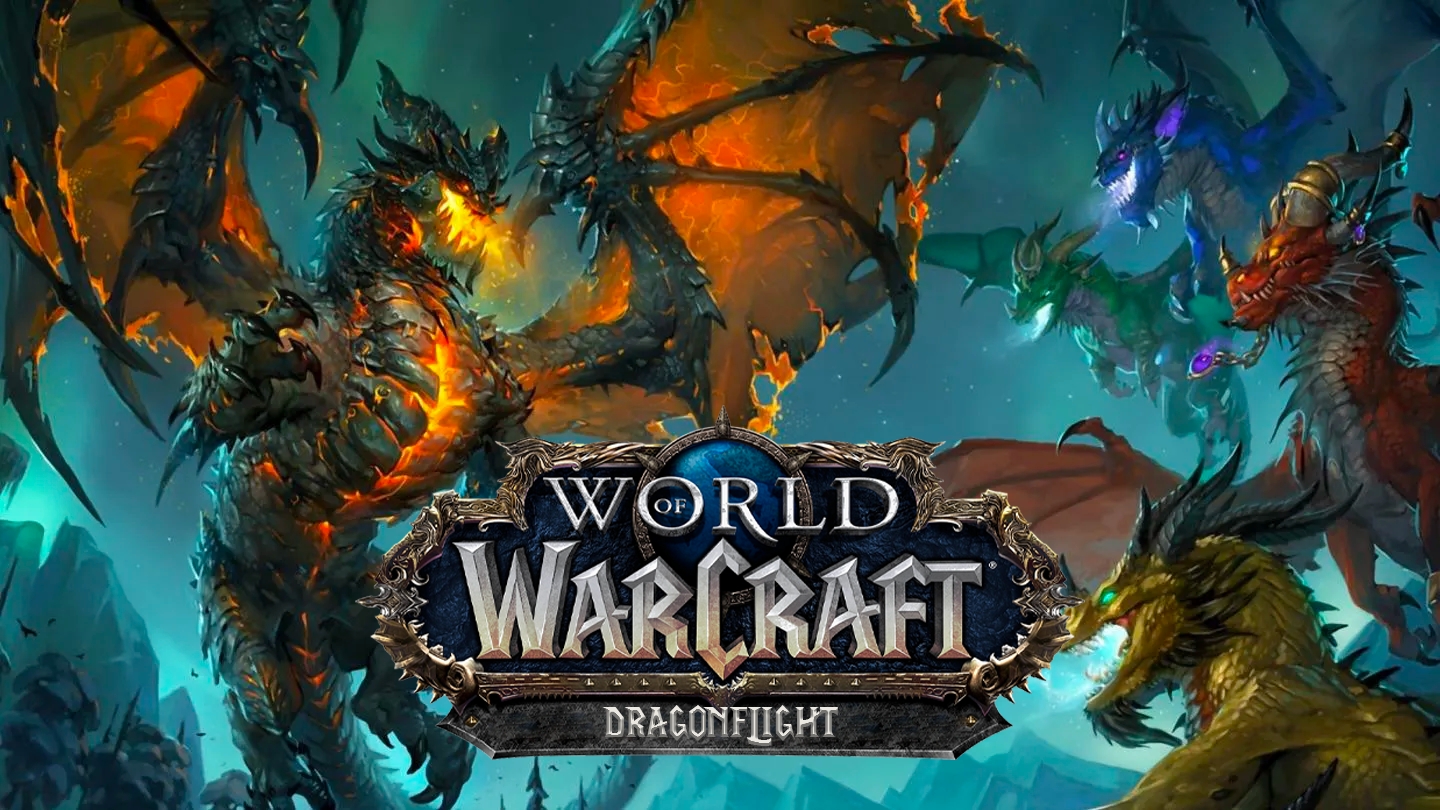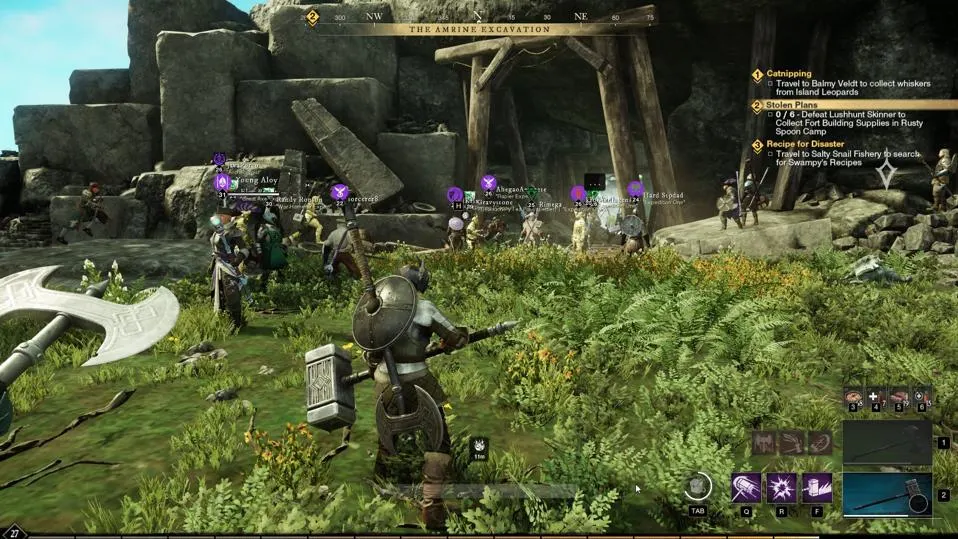Introduction
“FEAR 3,” also known as “F.E.A.R. 3,” is a first-person shooter developed by Day 1 Studios and published by Warner Bros. Interactive Entertainment. Released in June 2011, it is the third installment in the “FEAR” series, known for its blend of horror and intense combat. The game continues the story of the Alma Wade saga, following the events of “FEAR” and “FEAR 2: Project Origin.” With its mix of supernatural horror and military firefights, “FEAR 3” aimed to build upon the series’ success while introducing new gameplay elements and features.
In this review, we will explore “FEAR 3” in detail, examining its story, gameplay mechanics, graphics, sound design, and overall reception. We’ll also address common questions in our FAQ section to provide a comprehensive overview of the game.
Storyline and Characters in FEAR 3
A Gripping Continuation of the Alma Wade Saga
“FEAR 3” picks up where its predecessor left off, focusing on the ongoing conflict surrounding the psychic phenomenon linked to Alma Wade. Players assume the roles of Point Man and his brother Paxton Fettel, whose complex relationship drives the narrative. Point Man, a highly trained operative with extraordinary abilities, teams up with his psychotic brother Fettel, who has his own agenda concerning Alma’s fate.
The game’s narrative is divided into chapters, each offering a mix of horror and action. The story explores the brothers’ strained relationship and their individual quests to confront Alma, whose vengeful spirit continues to wreak havoc. The writing and plot structure aim to balance suspense with high-octane action, though opinions on its execution are mixed.
Character Dynamics and Development
One of the key elements of “FEAR 3” is the dynamic between Point Man and Fettel. The cooperative gameplay allows players to switch between these characters, each offering a distinct gameplay experience. Point Man excels in traditional combat, while Fettel’s psychic abilities provide a different approach to dealing with enemies and navigating the game’s environment.
The character development focuses on the brothers’ backstory and their connection to Alma, revealing more about their past and motivations. However, some players felt that the character arcs could have been more deeply explored to fully realize their potential.
Gameplay Mechanics and Combat System
Unique Gameplay Elements and Abilities
“FEAR 3” introduces several new gameplay mechanics while retaining the core elements that fans of the series appreciate. The game blends first-person shooter action with supernatural elements, providing a mix of intense combat and eerie moments.
Point Man’s Combat Skills
As Point Man, players engage in traditional first-person shooter combat. Armed with a variety of weapons, including firearms and explosives, Point Man faces off against enemy soldiers and supernatural entities. The combat system is refined, with responsive controls and a range of weaponry that allows for different combat styles.
Fettel’s Psychic Powers
Fettel offers a unique gameplay experience with his psychic abilities. Players can use Fettel’s powers to possess enemies, manipulate objects, and cause chaos on the battlefield. This supernatural edge adds variety to the gameplay and allows for creative strategies in overcoming obstacles and enemies.
Cooperative Play and Replayability
“FEAR 3” emphasizes cooperative play, allowing two players to team up locally or online. This feature enhances the gameplay experience, as players can combine Point Man and Fettel’s abilities to tackle challenges more effectively. The cooperative mode also increases replayability, as different strategies and approaches can be explored.
The game includes a variety of missions and objectives that encourage players to experiment with different tactics. However, some critics noted that the replay value could be limited by the game’s linear progression and the lack of substantial post-launch content.
Graphics and Visual Design
Art Style and Visual Presentation
“FEAR 3” features a mix of realistic and supernatural visual elements. The environments range from urban settings to eerie, otherworldly locations, reflecting the game’s horror theme. The design of the environments is atmospheric, with detailed textures and lighting that contribute to the overall sense of dread.
However, the graphics received mixed reviews. While the game offers some impressive visual moments, particularly in its horror sequences, it was also criticized for inconsistencies in graphical quality and occasional technical issues.
Special Effects and Animation
The game’s special effects, especially those related to Fettel’s psychic powers and the supernatural elements, are a highlight. The animation of the psychic abilities and enemy encounters adds a dynamic layer to the gameplay. Nevertheless, some players reported issues with animation quality and frame rate drops, which affected the overall experience.
Sound Design and Audio
Voice Acting and Dialogue
The voice acting in “FEAR 3” is generally well-received, with the cast delivering performances that enhance the game’s atmosphere. The dialogue helps to flesh out the characters and advance the plot, although some players felt that the writing could be more engaging.
Music and Sound Effects
The game’s soundtrack, composed by Jack Wall, complements the tense and atmospheric nature of the game. The music effectively builds suspense and enhances the horror experience. Sound effects, particularly those related to combat and supernatural occurrences, contribute to the immersive environment, though some players noted that they were occasionally repetitive.
Reviews and Reception
Critical Reception
“FEAR 3” received a mixed reception from critics. While some appreciated the game’s attempt to innovate within the series by introducing new mechanics and cooperative play, others felt that it failed to live up to the high standards set by its predecessors. On Metacritic, the game holds a score of 66/100 for the Xbox 360 version, reflecting its mixed reviews.
Positive Aspects
Critics praised the cooperative gameplay, the integration of psychic powers, and the atmospheric horror elements. The cooperative mode, in particular, was highlighted as a strong addition that enhances the game’s replayability.
Criticisms
On the downside, “FEAR 3” was criticized for its uneven graphics, repetitive combat, and a narrative that some found lacking in depth. The game’s attempt to balance horror and action was seen as inconsistent, with some players feeling that it did not fully capitalize on its potential.
Player Feedback
Player feedback echoed the critical reception, with many fans of the series expressing disappointment. While the cooperative mode and supernatural elements were appreciated, the overall execution was seen as a step back from the previous installments. The game’s linear structure and occasional technical issues also contributed to mixed player reviews.
Conclusion: The Impact of FEAR 3 on the Series
“FEAR 3” represents an ambitious attempt to blend horror and action within the popular “FEAR” franchise. While it introduced some innovative features, such as cooperative play and psychic abilities, it also faced criticism for its uneven execution and technical issues.
The game’s strengths lie in its atmospheric design and the integration of cooperative gameplay, offering a unique experience for fans of the series. However, the mixed reception and criticisms regarding graphics and narrative depth highlight the challenges of maintaining quality across a franchise.
Overall, “FEAR 3” is a game that will resonate differently with players depending on their expectations and familiarity with the series. It stands as a testament to the evolving nature of horror games and the ongoing efforts to balance narrative depth with engaging gameplay.
FAQ About FEAR 3
What platforms is FEAR 3 available on?
“FEAR 3” was released on multiple platforms, including PlayStation 3, Xbox 360, and Microsoft Windows. The game is also available on some digital distribution platforms.
How long does it take to complete FEAR 3?
The average playtime for “FEAR 3” is approximately 8 to 10 hours for the main storyline. Additional time may be spent exploring side missions and replaying levels.
Can you play FEAR 3 in multiplayer mode?
Yes, “FEAR 3” features a cooperative multiplayer mode that allows two players to team up locally or online. This mode lets players control Point Man and Fettel, combining their abilities to tackle challenges together.
Does FEAR 3 have any downloadable content (DLC)?
Yes, “FEAR 3” includes several downloadable content packs. These DLCs offer additional missions, weapons, and character skins, providing extra content for players looking to extend their gameplay experience.
Is FEAR 3 a direct continuation of FEAR 2?
Yes, “FEAR 3” continues the storyline from “FEAR 2: Project Origin,” focusing on the ongoing conflict with Alma Wade and the complex relationship between Point Man and Fettel.
Is FEAR 3 worth playing today?
“FEAR 3” may appeal to fans of the series and those interested in its cooperative gameplay and supernatural elements. However, its mixed reviews and technical issues may make it less appealing to new players. If you’re a fan of first-person shooters with a horror twist, it may still be worth exploring.



